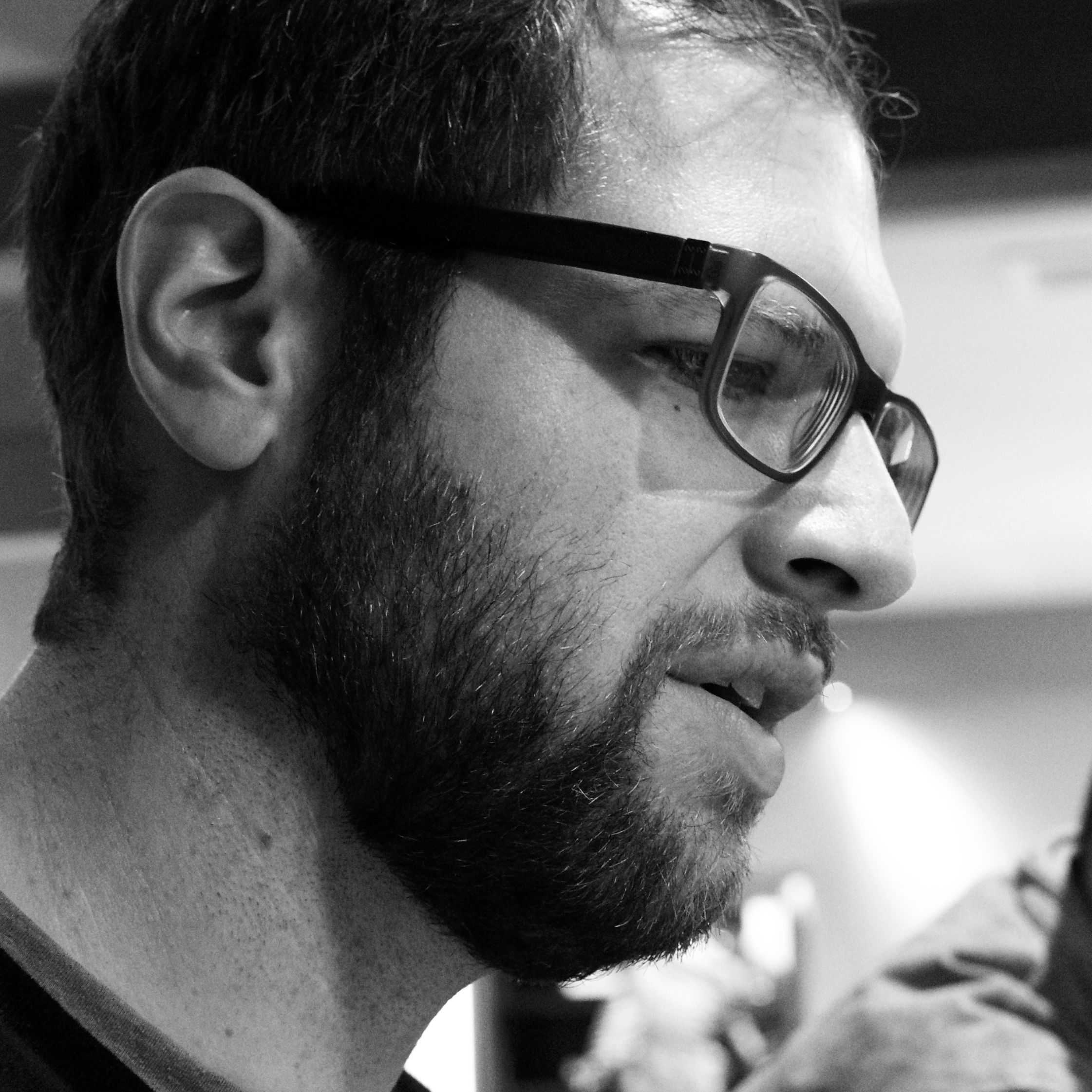The two markets where iPhone sales are effectively at parity with Android are the USA and Japan, and those are also the two markets where the subsidy structure means that the iPhones is not at a big price premium to Android. This is probably not a co-incidence. Meanwhile, we also see strong indications that the second-hand market for iPhones, mostly in the $2-300 range, is also extremely strong. It doesn’t seem unreasonable to suppose that a new, attractive iPhone in this segment would be highly competitive. So, such a phone would sell, and sell well, and take a big chunk of the most valuable Android customers. Not, of course, the ones who value ‘open’ and the Google ecosystem above everything else, but true enthusiasts are a minority on both Android and iOS.
Benedict Evans, writing about cheap iPhones. It’s still a mystery to me why seven years after its introduction, Apple still hasn’t filled out the iPhone product line the way it did with the iPod and the way it’s starting to do with the iPad. Even more when you consider how much emphasis Tim Cook places on increasing Apple’s performance in developing markets.
